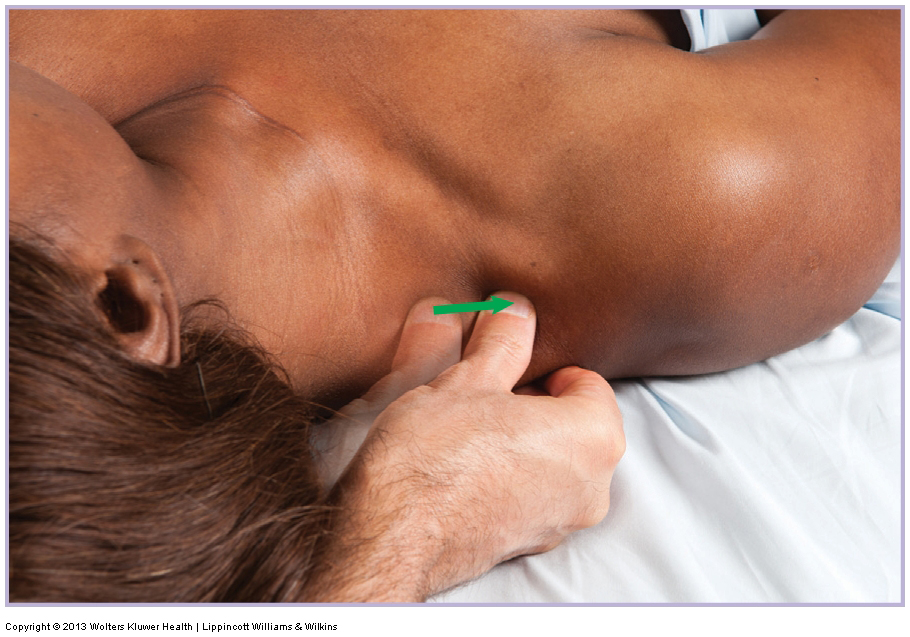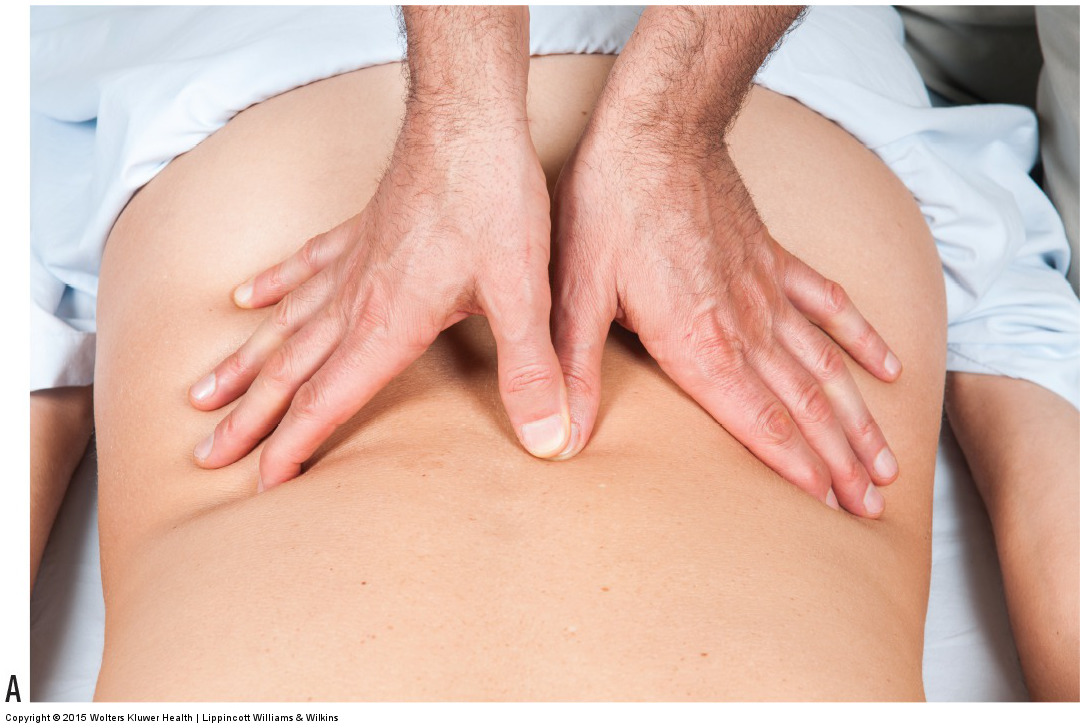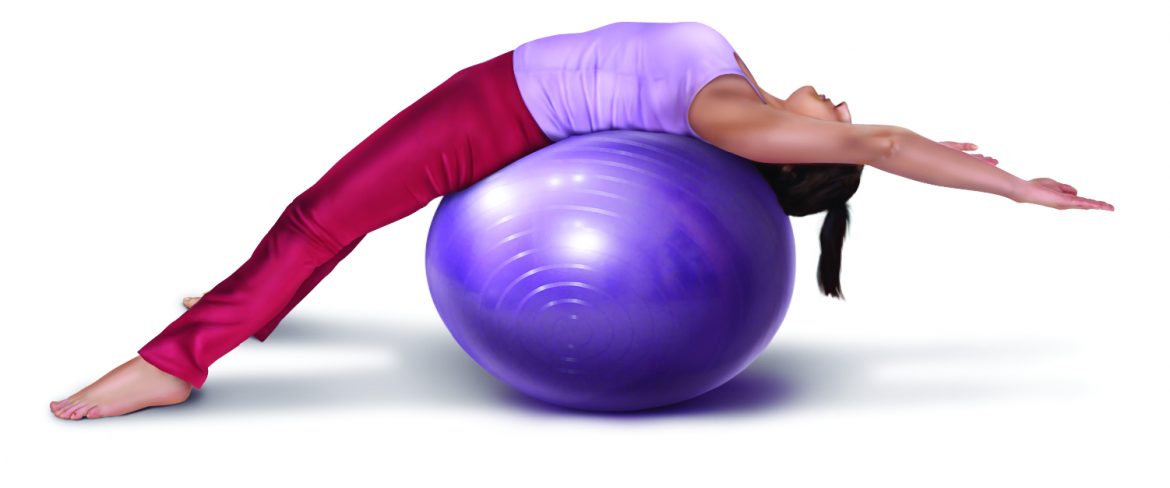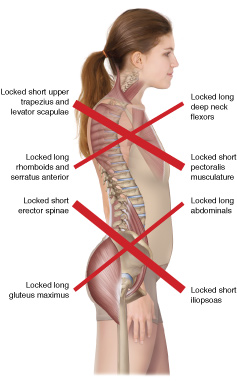One precaution is that when we do need to use the thumb or fingers, it is a good guideline to always try to contact the client with the pad of the thumb or fingers, instead of the tips of the fingers. In other words, do not lead with the fingertips.
Neck Deep Pressure Massage: Step by Step – Deep Stroking Massage
When performing deep pressure massage, deep stroking massage must originate from your core by further rocking your pelvis and extending your spine forward. Short deep strokes to the neck between 1 and 2 inches (2-5 centimeters) in length allow you to preserve optimal body mechanics.
Deep Pressure Massage to the Low Back – Tissue Tension Barrier
Being able to feel tissue tension barriers is the one most important hands-on skill that an orthopedic manual therapist needs. Clinical orthopedic manual therapy (massage and stretching) only effects change if we reach tissue tension and then apply slightly more force beyond it.
The Thoracic Spine… The Silent Saboteur
There is an old saying that no posture is bad unless you get stuck in it. The problem is that the thoracic spine often does get stuck in bad posture.
Locked Short Muscles – Locked Long Muscles
Two opposing muscle groups, the “facilitated” muscles that are locked short and the “inhibited” muscles that are locked long.





